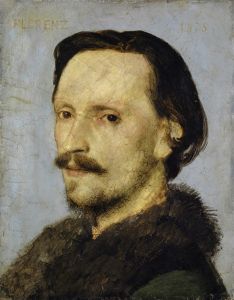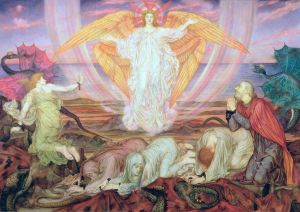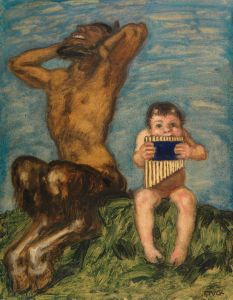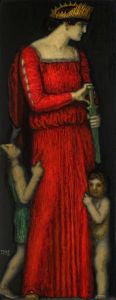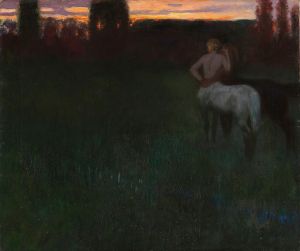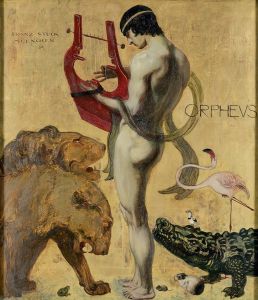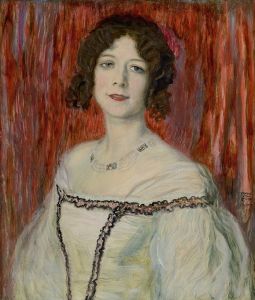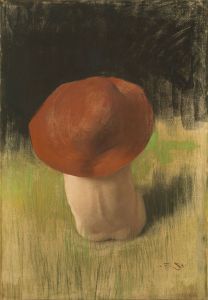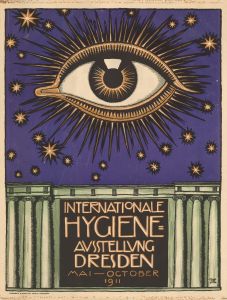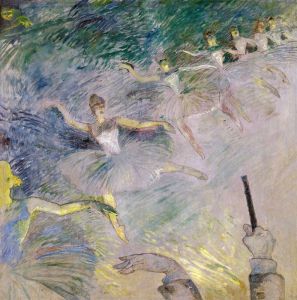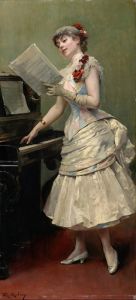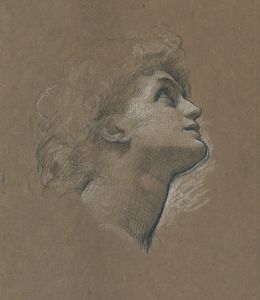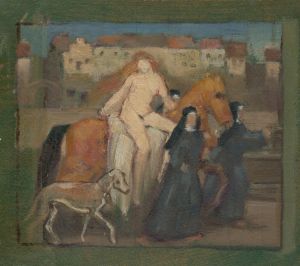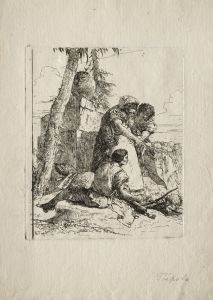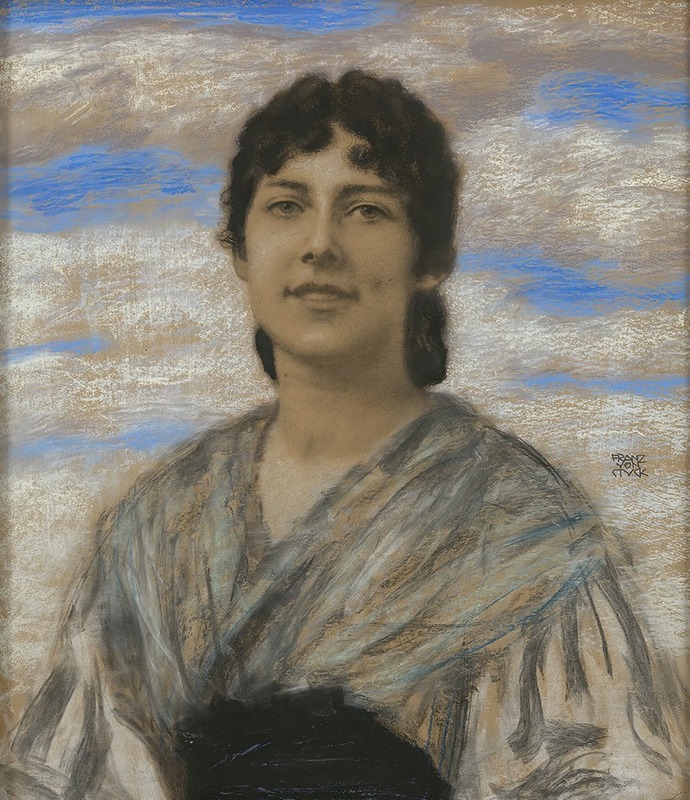
Mary von Stuck
A hand-painted replica of Franz von Stuck’s masterpiece Mary von Stuck, meticulously crafted by professional artists to capture the true essence of the original. Each piece is created with museum-quality canvas and rare mineral pigments, carefully painted by experienced artists with delicate brushstrokes and rich, layered colors to perfectly recreate the texture of the original artwork. Unlike machine-printed reproductions, this hand-painted version brings the painting to life, infused with the artist’s emotions and skill in every stroke. Whether for personal collection or home decoration, it instantly elevates the artistic atmosphere of any space.
Franz von Stuck was a prominent German painter, sculptor, and architect associated with the Symbolist movement. He was born on February 23, 1863, in Tettenweis, Bavaria, and became one of the founding members of the Munich Secession, an art movement that sought to break away from the traditional academic art styles of the time. Stuck's work is characterized by its mythological themes, dramatic compositions, and a distinctive use of light and shadow.
One of his notable works is the painting "Mary von Stuck," which depicts his daughter, Mary. Franz von Stuck often used his family members as subjects in his art, capturing them with a sense of intimacy and personal connection. The painting of Mary von Stuck is a testament to his skill in portraiture, showcasing his ability to convey the personality and essence of his subjects.
In "Mary von Stuck," the artist employs a realistic style, focusing on the delicate features and expressions of his daughter. The painting is noted for its attention to detail, particularly in the rendering of textures and the play of light across the subject's face. Stuck's use of color is subtle yet effective, creating a harmonious balance that enhances the overall composition.
Franz von Stuck's work, including "Mary von Stuck," reflects the influence of Symbolism, a movement that sought to express ideas and emotions through symbolic imagery and themes. His paintings often explore themes of mythology, allegory, and the human condition, and he was known for his ability to infuse his works with a sense of mystery and depth.
Stuck's contributions to the art world were significant, and his influence extended beyond painting. He was also an accomplished sculptor and architect, designing his own villa in Munich, which became a hub for artists and intellectuals of the time. His villa, known as the Villa Stuck, is now a museum dedicated to his life and work.
Throughout his career, Franz von Stuck received numerous accolades and recognition for his artistic achievements. He was appointed as a professor at the Academy of Fine Arts in Munich, where he taught and mentored many young artists who would go on to become influential figures in their own right.
"Mary von Stuck" remains an important work within Stuck's oeuvre, exemplifying his mastery of portraiture and his ability to capture the essence of his subjects. The painting is a reflection of his personal life and his deep connection to his family, offering viewers a glimpse into the private world of one of Germany's most celebrated artists.
Franz von Stuck passed away on August 30, 1928, in Munich, leaving behind a legacy of artistic innovation and a body of work that continues to be studied and admired. His contributions to the Symbolist movement and his impact on the art world remain significant, and his works, including "Mary von Stuck," continue to be appreciated for their beauty, complexity, and emotional depth.





